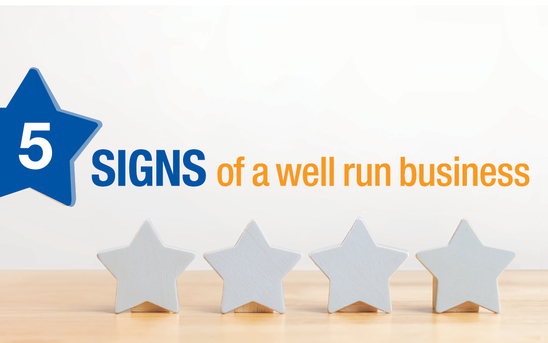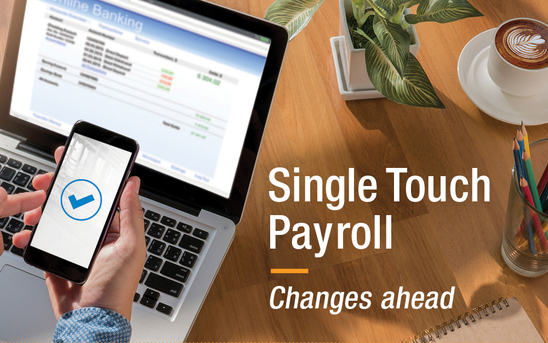Avoid the rush: Get ready for June 30

It seems like June 30 rolls around quicker every year, so why wait until the last minute to get your finances in order?
With all the disruption and special support measures of the past two years, it’s possible your finances have changed. So it’s a good idea to ensure you’re on track for the upcoming end-of-financial-year (EOFY).
Starting early is essential to make the most of opportunities on offer when it comes to your super and tax affairs.
New limits for super contributions
Annual contribution limits for super rose this financial year, so maximising your super contributions to boost your retirement savings is even more attractive.
From 1 July 2021, most people’s annual concessional contributions cap increased to $27,500 (up from $25,000). This allows you to contribute a bit extra into your super on a before-tax basis, potentially reducing your taxable income.
If you have any unused concessional contribution amounts from previous financial years and your super balance is less than $500,000, you may be able to “carry forward” these amounts to further top up.
Another strategy is to make a personal contribution for which you claim a tax deduction. These contributions count towards your $27,500 cap and were previously available only to the self-employed. To qualify, you must notify your super fund in writing of your intention to claim and receive acknowledgement.
Non-concessional super strategies
If you have some spare cash, it may also be worth taking advantage of the higher non-concessional (after-tax) contributions cap. From 1 July 2021, the general non concessional cap increased to $110,000 annually (up from $100,000).
These contributions can help if you’ve reached your concessional contributions cap, received an inheritance, or have additional personal savings you would like to put into super. If you are aged 67 or older, however, you need to meet the requirements of the work test or work test exemption.
For those under age 67 (previously age 65) at any time during 2021-22, you may be able to use a bring-forward arrangement to make a contribution of up to $330,000 (three years x $110,000).
To take advantage of the bring-forward rule, your total super balance (TSB) must be under the relevant limit on 30 June of the previous year. Depending on your TSB, your personal contribution limit may be less than $330,000, so it’s a good idea to talk to us first.
More super things to think about
If you plan to make tax-effective super contributions through a salary sacrifice arrangement, now is a good time to discuss this with your employer, as the ATO requires documentation prior to commencement.
Another option if you’re aged 65 and over and plan to sell your home is a downsizer contribution. You can contribute up to $300,000 ($600,000 for a couple) from the proceeds without meeting the work test.
And don’t forget contributing into your low-income spouse’s super account could score you a tax offset of up to $540.
Get your SMSF shipshape
If you have your own self-managed super fund (SMSF), it’s important to check it’s in good shape for EOFY and your annual audit.
Administrative tasks such as updating minutes, lodging any transfer balance account reports (TBARs), checking the COVID relief measures (residency, rental, loan repayment and in-house assets), and undertaking the annual market valuation of fund assets should all be started now.
It’s also sensible to review your fund’s investment strategy and whether the fund’s assets remain appropriate.
Know your tax deductions
It’s also worth thinking beyond super for tax savings.
If you’ve been working from home due to COVID-19, you can use the shortcut method to claim 80 cents per hour worked for your running expenses. But make sure you can substantiate your claim.
You also need supporting documents to claim work-related expenses such as car, travel, clothing and self-education. Check whether you qualify for other common expense deductions such as tools, equipment, union fees, the cost of managing your tax affairs, charity donations and income protection premiums.
Review your investment portfolio
After a year of strong investment market performance, now is also a good time to review your investments outside super. Benchmark your portfolio’s performance and check whether any assets need to be sold or purchased to rebalance in line with your strategy.
You might also consider realising any investment losses, as these can be offset against capital gains you made during the year.
If you would like to discuss EOFY strategies and super contributions, call our office on 03 5120 1400.
Material contained in this publication is a summary only and is based on information believed to be reliable and received from sources within the market. It is not the intention of RGM Financial Planners Pty Ltd ABN 36 419 582 Australian Financial Services Licence Number 229471, RGM Accountants & Advisors Pty Ltd ABN 69 528 723 510 that this publication be used as the primary source of readers’ information but as an adjunct to their own resources and training. No representation is given, warranty made or responsibility taken as to the accuracy, timeliness or completeness of any information or recommendation contained in this publication and RGM and its related bodies corporate will not be liable to the reader in contract or tort (including for negligence) or otherwise for any loss or damage arising as a result of the reader relying on any such information or recommendation (except in so far as any statutory liability cannot be excluded).
Liability limited by a scheme approved under Professional Standards Legislation.





